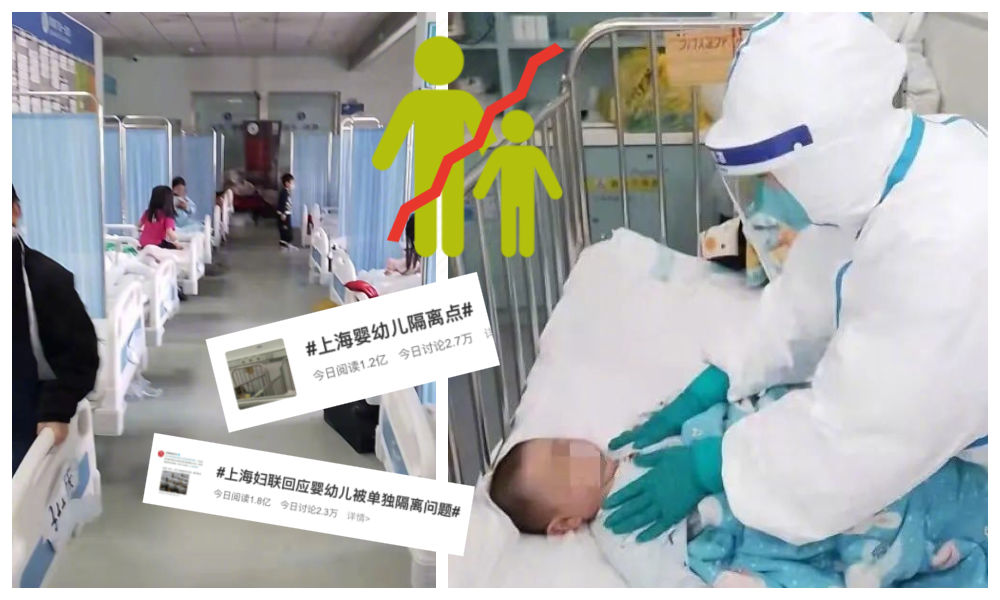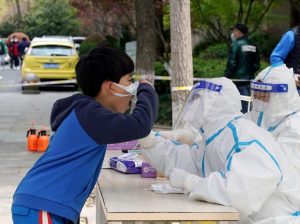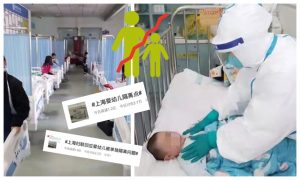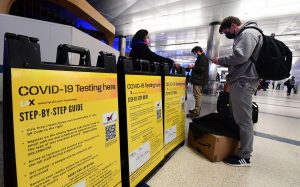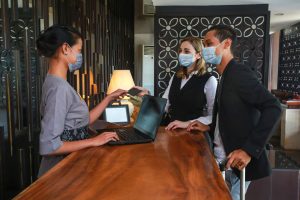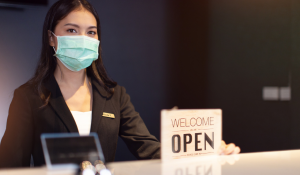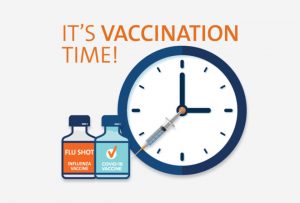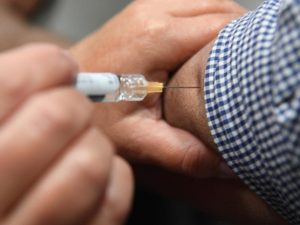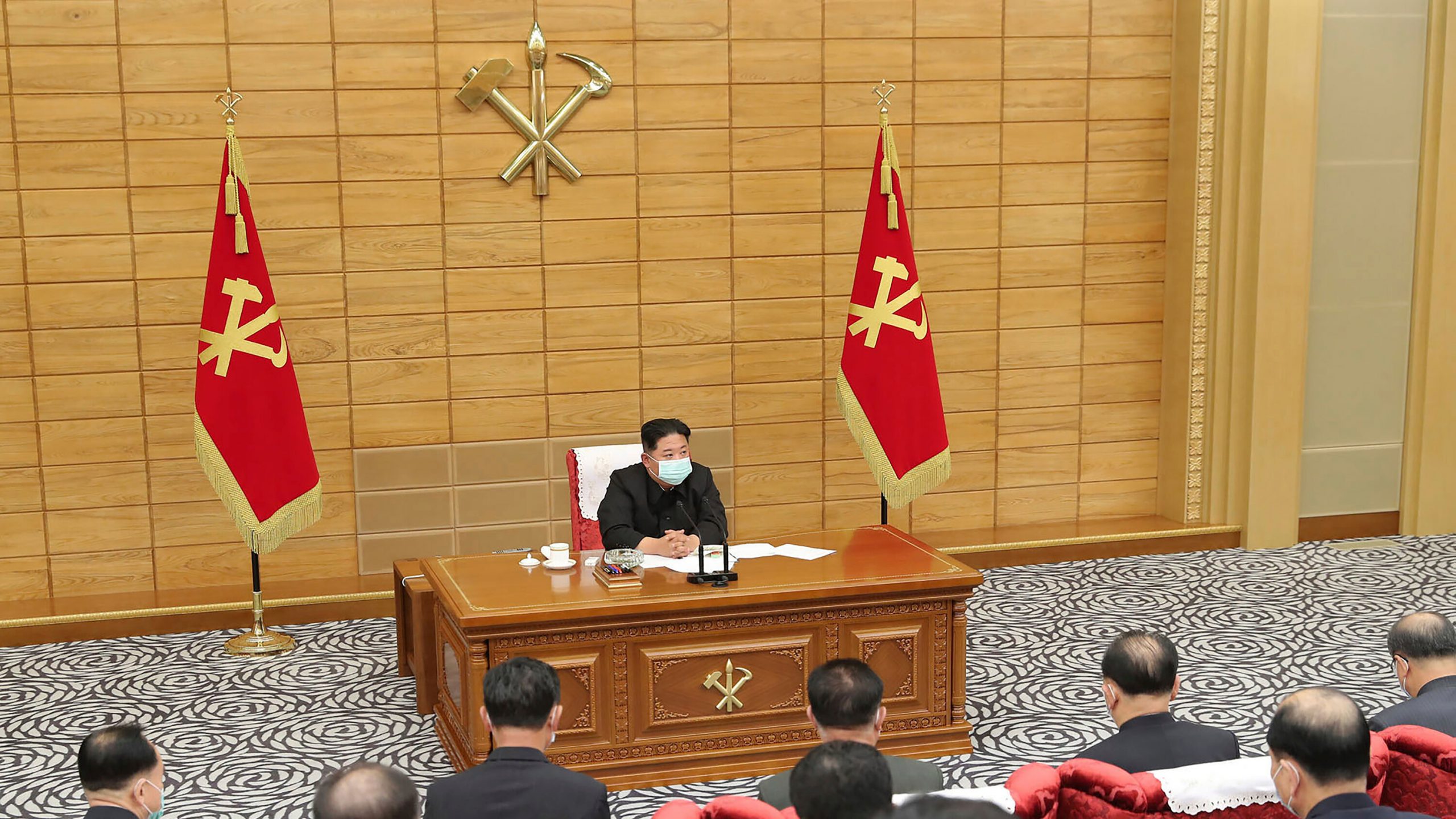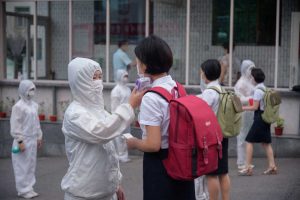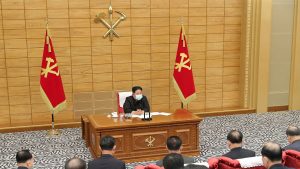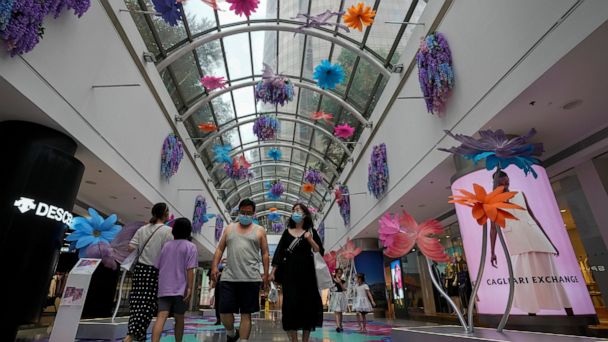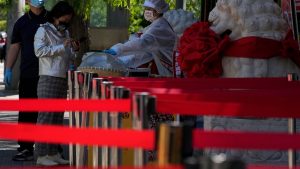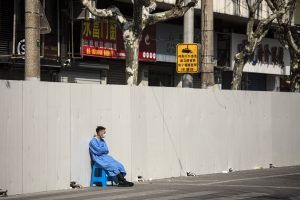Hong Kong’s loss of control

While the Asian financial hub is posting successive record-breaking numbers of Covid infections and a death rate that tops the industrialized world, leaked reports of a citywide lockdown in local media have some residents fleeing while others scramble to stock up on food and medicine.
After more than a week out of the public eye, Chief Executive Carrie Lam on Wednesday afternoon sought to reassure the population about the challenges ahead. China will ensure that Hong Kong has an ample supply of food and medicine during the outbreak, she said during a television interview after welcoming the first trainload of goods from the mainland.
Residents urged not to panic
As infections and deaths hit record highs, Hong Kong has implemented its most draconian restrictions, with restrictions on public gatherings of more than two people, most venues closed and flights banned into the city from countries including the United States and Britain.

The government has repeatedly tried to reassure residents after widespread chaos this week due to authorities’ mixed messaging over whether a city-wide lockdown would take place and the almost daily tweaking of COVID rules.
While city leader Carrie Lam has said the Chinese-ruled hub will not have a full-blown lockdown during the mass testing, residents remain unnerved about what to expect.

The surge in infections has crippled manpower in the healthcare system, for public transport, mall operators as well as postal services, supermarkets and pharmacies. Many restaurants and stores have been shuttered with main districts eerily quiet and few residents out in typically busy neighbourhoods.
Older people

Just 15% of elderly residents in Hong Kong’s care homes are fully vaccinated against Covid-19, about one-sixth the coverage in the U.S., despite evidence from early in the pandemic that such facilities are hotbeds for disease and death.
The vaccination rate for other Hong Kong seniors is higher, at 45%, which still significantly lags many advanced economies. Singapore has immunized about 95% of its seniors, while roughly 90% of South Korea’s elderly have received booster shots.
The lack of protection is already casting a pall over the city, where more than 1,100 people have died since a wave of infection driven by the highly-infectious delta and omicron variants formed at the end of 2021. Most of the deaths occurred in the unprotected elderly, with a death rate of almost 6% in those aged 80 or older who weren’t fully immunized. The only other group with a case fatality rate above 1% is unvaccinated elderly aged 70 to 79, according to the government.
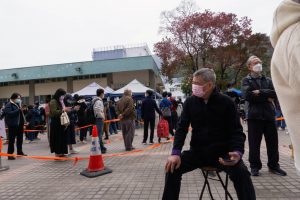
The low vaccination rate for elderly residents of Hong Kong’s care homes means they’re even more vulnerable as the number of omicron cases soars, a forecast from researchers at the University of Hong Kong found. Already more than 700 residential care facilities — housing both elderly and disabled people — have reported Covid cases.
Public vaccine hesitancy
Hong Kong has struggled with vaccine hesitancy among seniors since it launched an immunization program last year. Few elderly people got shots in 2021 amid fears that they may be more vulnerable to side effects. The government’s successful Covid Zero strategy also removed any urgency, as there was no penalty for complacency thanks to low infection rates before omicron slammed the city.

Their forecast of fatalities by the end of April, which ranged from a low of about 3,140 to a high of more than 5,560, was based on an assumption that there would be no rapid, dramatic improvement in vaccination of the institutionalized elderly.
A widening gap
Though Hong Kong has been aligned with Beijing in pursuing zero-Covid, it could have taken a different route — one now playing out in a very similar city, 1,600 miles (about 2,600 kilometers) away.
Last August, Singapore — which for years has competed with Hong Kong for the title of Asia’s top international business hub — was the first Asian country to declare it was moving away from a zero-Covid policy to living with the virus instead. It was soon followed by Australia, New Zealand, Thailand, and others.

The mood in Singapore is now drastically different than in Hong Kong. A high vaccination rate and reopened travel with two dozen countries mean daily life has more or less resumed. Though cases there are spiking as well, people are able to go to the movies, meet friends at the bar, even attend sports events and live concerts.

But there is little of that optimism in Hong Kong, with leaders defiant even as the city’s tough travel restrictions render it increasingly isolated from the world.
“With the full support of the central (Chinese) government, the government’s united effort, and citizens’ full support, we have to fight against this wave of the virus,” Lam said on Tuesday. “Surrendering to the virus is not an option.”
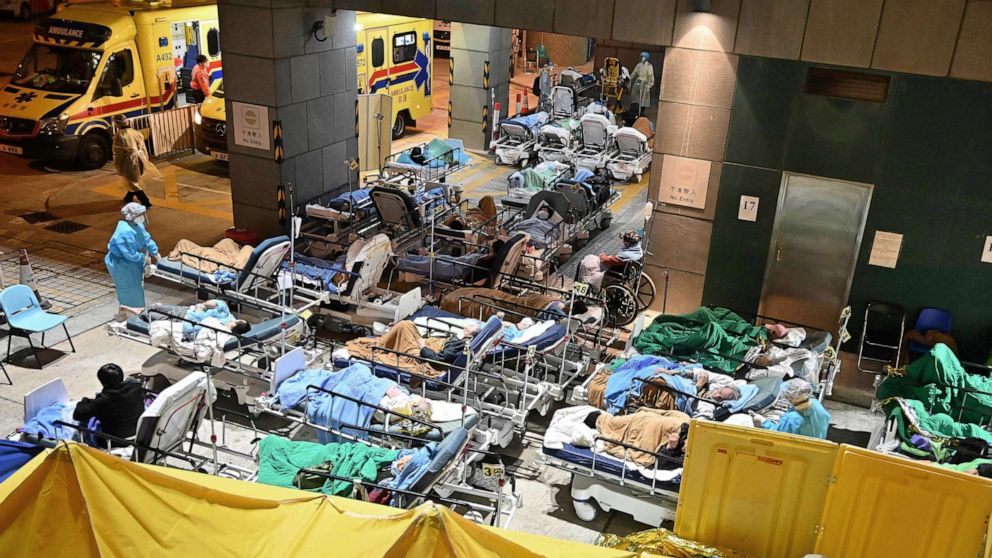
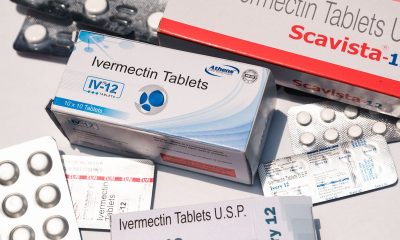
 COVID-19 Around the World3 years ago
COVID-19 Around the World3 years ago
 Cuisine Explorer4 years ago
Cuisine Explorer4 years ago
 Arabic2 years ago
Arabic2 years ago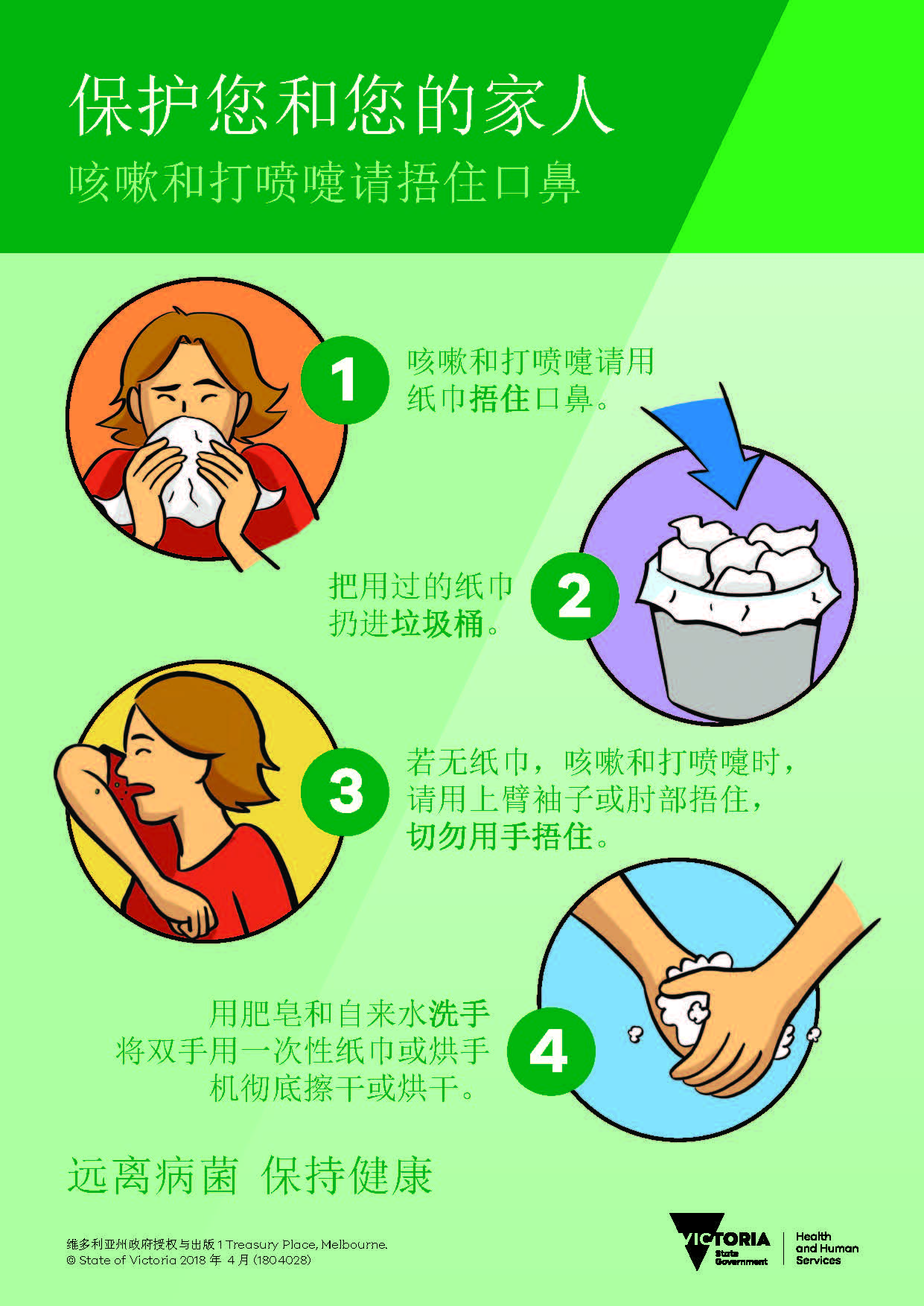
 Cantonese - Traditional Chinese4 years ago
Cantonese - Traditional Chinese4 years ago
 Tagalog4 years ago
Tagalog4 years ago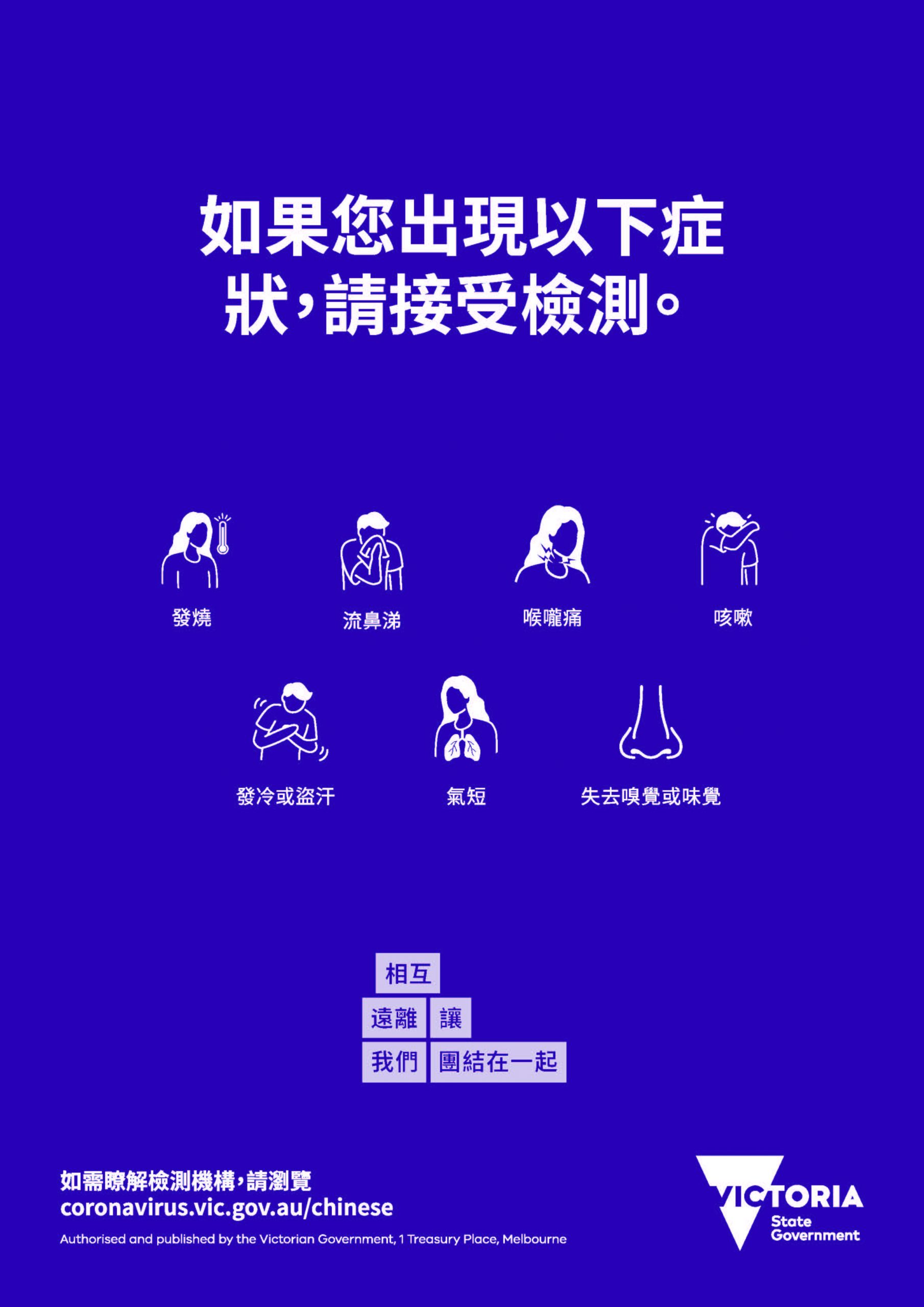
 Uncategorized4 years ago
Uncategorized4 years ago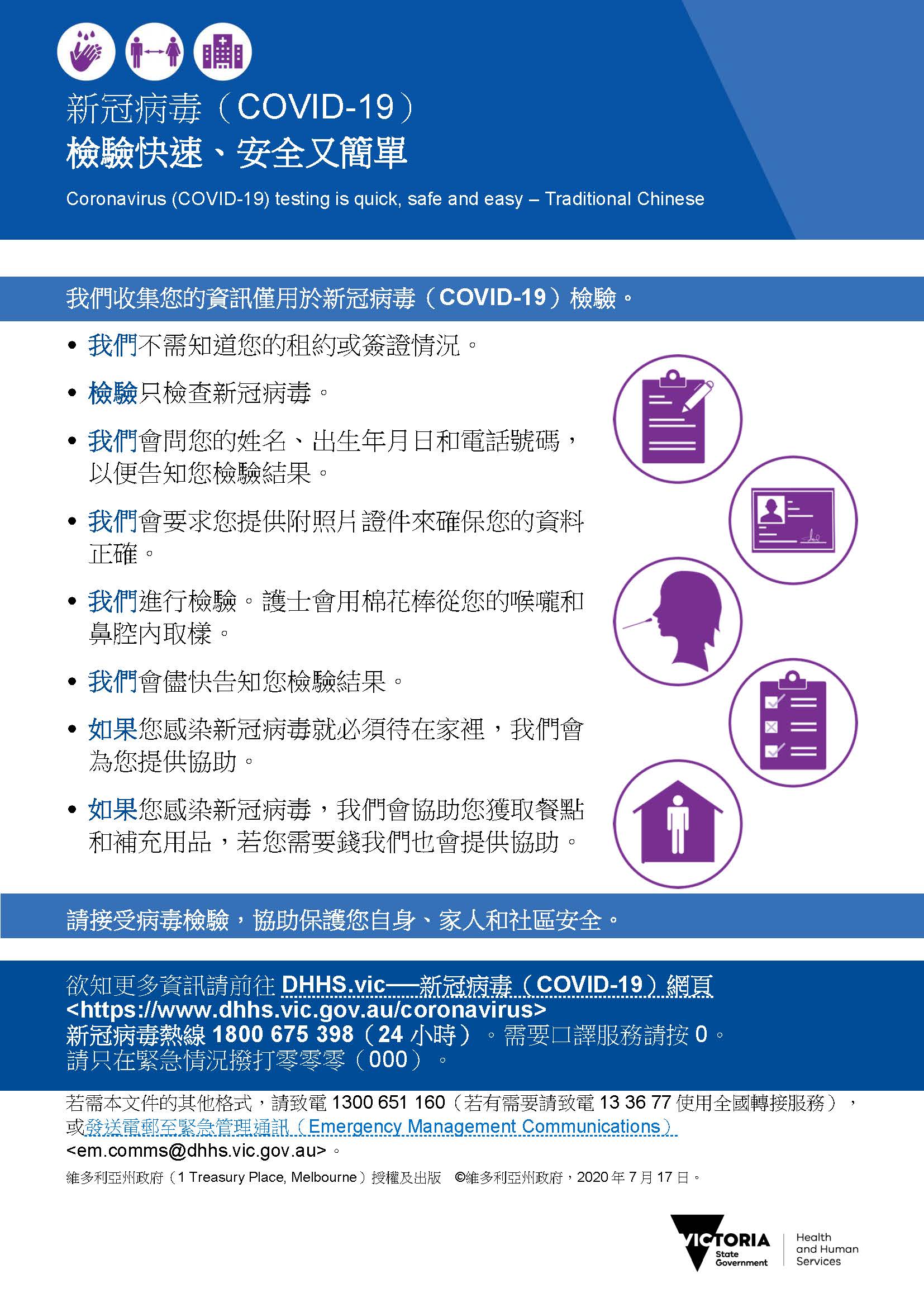
 Uncategorized4 years ago
Uncategorized4 years ago









